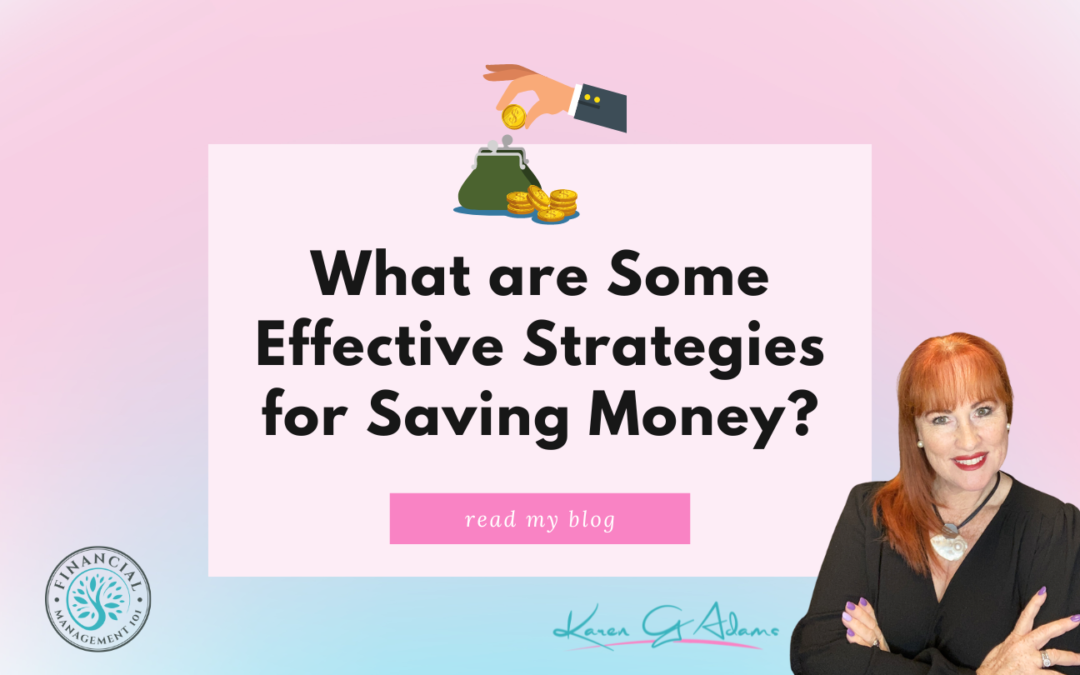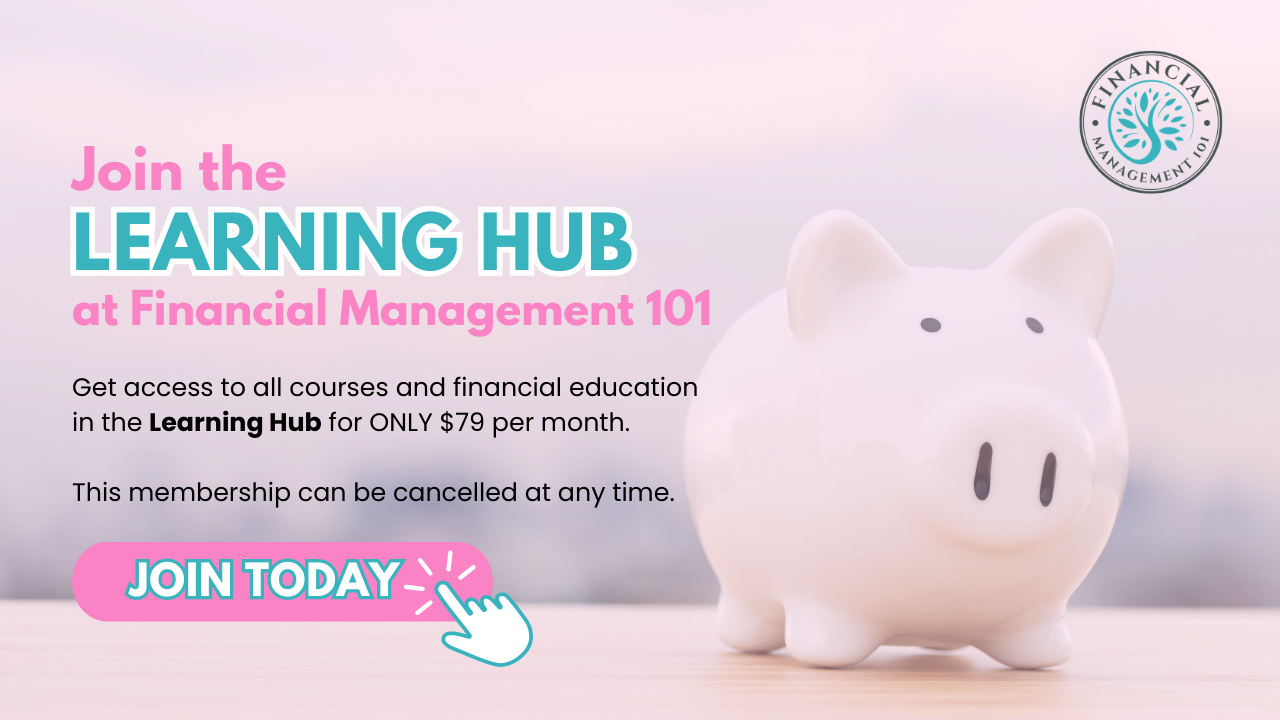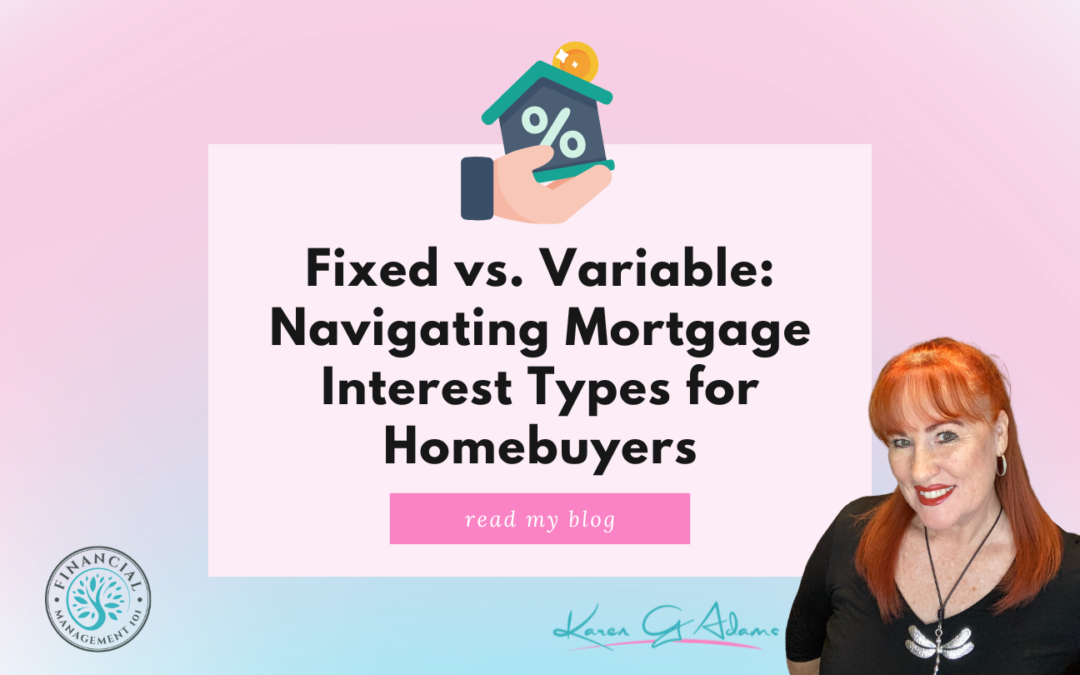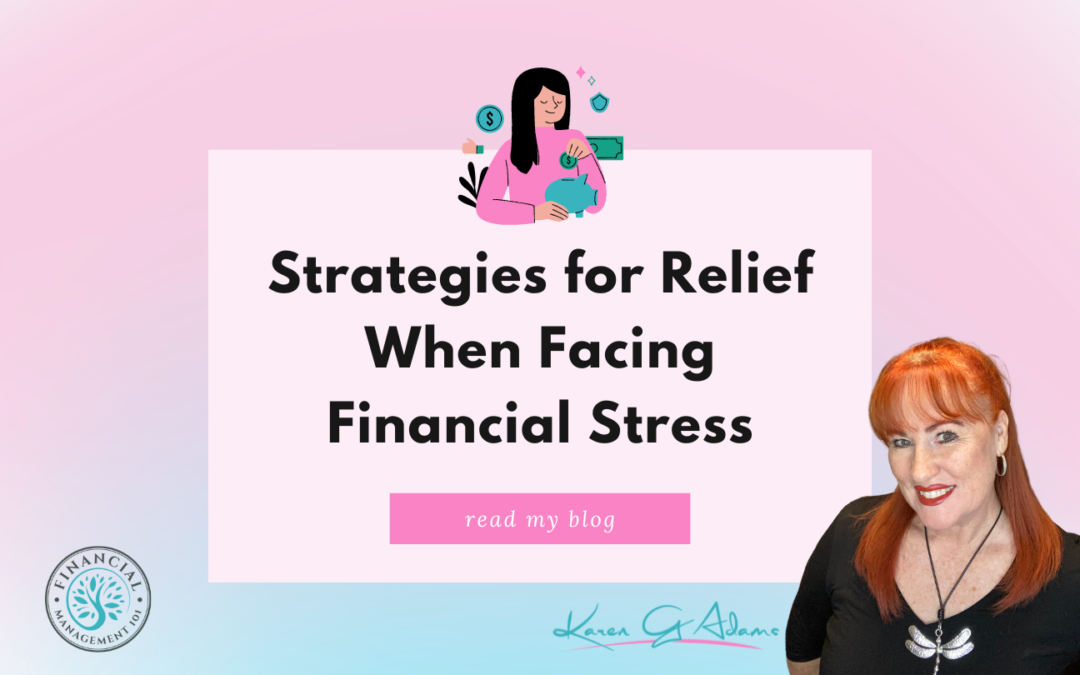
What are Some Effective Strategies for Saving Money?
Saving money effectively involves a combination of smart financial planning, disciplined spending, and strategic saving. It doesn’t have to be complicated, you just have to make a start and watch your money grow.
There is no greater feeling than seeing money in the bank, instead of stressing that there is never enough money when you need it, especially in times of emergencies.
Here are some strategies that can help you save money effectively:
BUDGETING
Create a detailed budget to track your income and expenses. This helps you understand where your money goes and identify areas where you can cut back.
ELIMINATE UNNECESSARY EXPENSES
Review your spending habits and cut back on non-essential expenses like eating out, subscription services you don’t use often, or impulse purchases.
EMERGENCY FUND
Build an emergency fund to cover unexpected expenses. This prevents you from having to rely on credit cards or loans, which can lead to debt.
PAY YOURSELF FIRST
Treat savings as a non-negotiable expense. Set aside a portion of your income for savings immediately after you receive it, before you spend on anything else.
USE AUTOMATED SAVING TOOLS
Many banks offer automated transfers to savings accounts. Automating your savings can ensure you save regularly without having to think about it.
REDUCE HIGH-INTEREST DEBTS
Pay off high-interest debts like credit card balances as quickly as possible. This reduces the amount you pay in interest and frees up more money for savings.
SHOP SMART
Look for discounts, use coupons, and compare prices before making purchases. Buying items on sale or in bulk can also save money in the long run.
ENERGY EFFICIENCY
Reduce your utility bills by using energy-efficient appliances, turning off lights when not in use, and moderating heating and cooling.
INVEST WISELY
Consider investing in stocks, bonds, or mutual funds. Investments can offer higher returns than traditional savings accounts, though they come with risks.
REVIEW AND ADJUST REGULARLY
Regularly review your budget and savings goals. As your financial situation changes, adjust your strategies accordingly.
MEAL PLANNING
Plan meals in advance to avoid dining out frequently. Cooking at home is generally cheaper and healthier.
SECOND-HAND AND REFURBISHED ITEMS
Consider buying second-hand or refurbished items instead of new ones. This can be particularly cost-effective for electronics, furniture, and clothes.
USE PUBLIC TRANSPORTATION
If feasible, use public transportation instead of owning a car. This saves on gas, insurance, and maintenance costs.
AUTOMATE BILL PAYMENTS
Automate your bill payments to avoid late fees. This also helps in managing your cash flow more effectively.
EDUCATION AND SELF-IMPROVEMENT
Invest in learning new skills or improving existing ones. This can lead to better job opportunities and higher income in the future.
Remember, saving money is a gradual process, and it’s important to find a balance that works for your lifestyle and financial goals.
Start today and watch your money grow with every dollar you save.
Grab a FREE COPY of my Budget Spending Plan to track your income and expenses. CLICK HERE!
Want to learn more? The LEARNING HUB helps you gain more financial knowledge, while providing you with the support and help you and others need. Join now for only $79 USD per month.


















